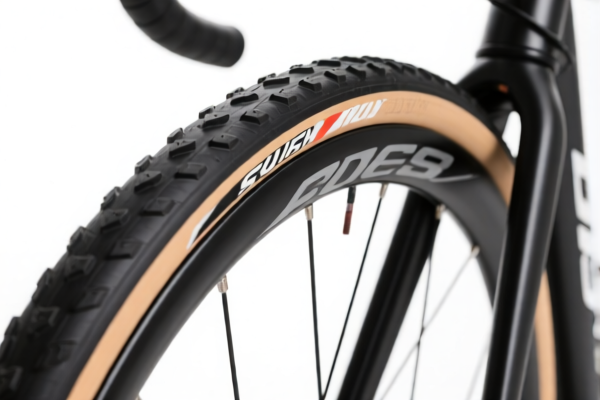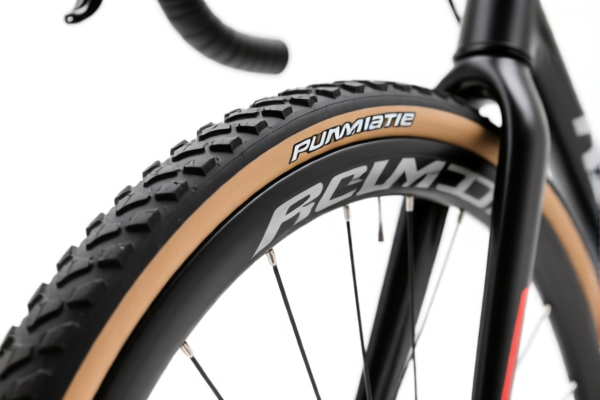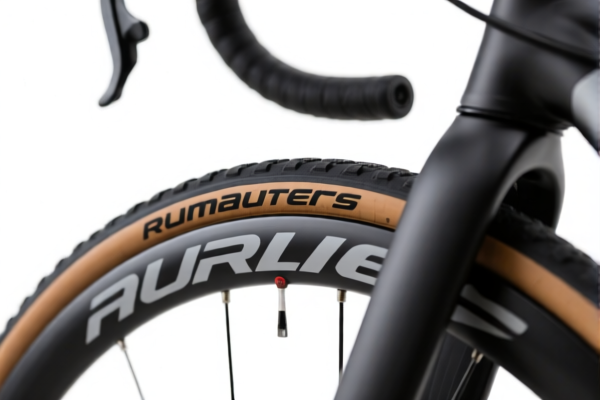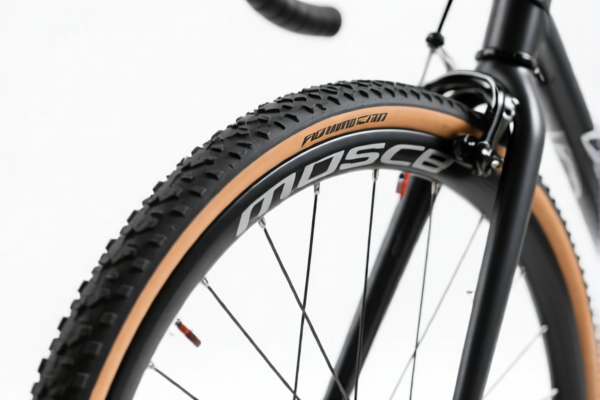| HS Code | Official Doc | Tariff Rate | Origin | Destination | Effective Date |
|---|---|---|---|---|---|
| 8205517500 | Doc | 58.7% | CN | US | 2025-05-12 |
| 8205598000 | Doc | 58.7% | CN | US | 2025-05-12 |
| 8206000000 | Doc | The rate of duty applicable to that article in the set subject t+30.0% | CN | US | 2025-05-12 |
| 8202990000 | Doc | 55.0% | CN | US | 2025-05-12 |
| 8202913000 | Doc | 55.0% | CN | US | 2025-05-12 |
| 8308909000 | Doc | 57.7% | CN | US | 2025-05-12 |
| 8302103000 | Doc | 64.5% | CN | US | 2025-05-12 |
| 8302496055 | Doc | 85.7% | CN | US | 2025-05-12 |
| 8511906040 | Doc | 57.5% | CN | US | 2025-05-12 |
| 8543708000 | Doc | 55.0% | CN | US | 2025-05-12 |
| 8714961000 | Doc | 63.0% | CN | US | 2025-05-12 |
| 8712004800 | Doc | 66.0% | CN | US | 2025-05-12 |
| 8712005000 | Doc | 3.7% <u></u>+55.0% | CN | US | 2025-05-12 |
| 1404909090 | Doc | 55.0% | CN | US | 2025-05-12 |
| 1404904000 | Doc | 57.3% | CN | US | 2025-05-12 |
| 1401904000 | Doc | 58.2% | CN | US | 2025-05-12 |
| 1401904000 | Doc | 58.2% | CN | US | 2025-05-12 |
| 7326908605 | Doc | 82.9% | CN | US | 2025-05-12 |
| 7326908605 | Doc | 82.9% | CN | US | 2025-05-12 |




Road Bike Pedals
Road bike pedals are a critical component of a bicycle’s drivetrain, transferring power from the rider’s feet to the cranks, ultimately propelling the bicycle forward. They are specifically designed for the demands of road cycling, prioritizing efficiency, low weight, and aerodynamic performance.
Material
- Aluminum Alloy: The most common material, offering a good balance of strength, weight, and cost.
- Carbon Fiber: Used in higher-end pedals for reduced weight and increased stiffness. Often combined with a titanium axle.
- Titanium: Found in axles for lightweight and corrosion resistance.
- Composite Materials: Combinations of carbon fiber, fiberglass, and other materials used in pedal bodies to optimize weight and stiffness.
- Steel: Used in axles of more affordable pedals, offering durability but adding weight.
Purpose
The primary purpose of road bike pedals is to efficiently transfer power from the cyclist's legs to the drivetrain. Road-specific designs focus on maximizing power transfer during the pedal stroke and minimizing weight for climbing and acceleration.
Function
Road bike pedals function by providing a stable platform for the foot to apply force. Most road pedals utilize a clip-in mechanism, securing the shoe to the pedal for increased efficiency and control. This allows the rider to pull up on the pedal stroke as well as push down, maximizing power output. Non-clip-in pedals rely on friction and shoe grip.
Usage Scenarios
- Road Racing: High-performance clip-in pedals are essential for efficient power transfer and responsiveness.
- Gran Fondo/Long Distance Riding: Comfort and durability are prioritized, with options for adjustable float to reduce strain.
- Commuting/Recreational Riding: Simpler, more durable pedals are often used, sometimes with a platform for added stability.
- Indoor Training: Specific pedals are designed for use with indoor trainers and power meters.
Common Types
- Clip-In (Cleat) Pedals: The most common type for road cycling. Require special cycling shoes with cleats that lock into the pedal.
- Look Keo: A widely used system known for its low stack height and light weight.
- Shimano SPD-S: Another popular system, offering a secure connection and reliable performance.
- Speedplay: Known for its adjustable float and zero-float options.
- Platform Pedals: Flat pedals without clips. Rely on friction between the shoe and pedal surface. Less efficient for long distances but offer versatility and ease of use. Often used with shoes with sticky rubber soles.
- Dual-Sided Pedals: Feature clip-in mechanisms on both sides, making it easier to engage the pedal quickly.
- Automatic Pedals: A combination of clip-in and platform features, allowing for both clipped-in and flat-shoe riding.
Road bike pedals fall under several potential classifications based on their components and specific features. Here's a breakdown of relevant HS codes based on the provided reference material:
-
8714.96.10: This HS code covers Parts and accessories of vehicles of headings 8711 to 8713: Other: Pedals and crank-gear, and parts thereof: Pedals and parts thereof. This is a direct match for road bike pedals as they are accessories for vehicles (bicycles) within the specified headings. Chapter 87 relates to vehicles, and this subheading specifically identifies pedals. The basic duty is 8.0%, with additional duties of 25.0% and a further 30.0% applicable from 2025.4.2, resulting in a total tariff of 63.0%.
-
8712.00.48: This HS code refers to Other bicycles. If the pedals are sold as part of a complete road bike, this code may be applicable. Chapter 87 covers vehicles, and this subheading specifically identifies other bicycles. The basic duty is 11.0%, with additional duties of 25.0% and a further 30.0% applicable from 2025.4.2, resulting in a total tariff of 66.0%.
-
8712.00.50: This HS code refers to Other cycles. If the pedals are part of a cycle other than a standard bicycle, this code may apply. Chapter 87 covers vehicles, and this subheading specifically identifies other cycles. The basic duty is 3.7%, with additional duties of 25.0% and a further 30.0% applicable from 2025.4.2, resulting in a total tariff of 3.7% + 55.0%.
Important Note: According to the provided reference material, the HS code options related to 'road bike pedals' are limited, with only the following 3 found.
Proactive Suggestion: When declaring road bike pedals under HS code 8714.96.10, ensure accurate classification of the bicycle type to which the pedals are accessories. If the pedals are sold as part of a complete bicycle, consider HS codes 8712.00.48 or 8712.00.50.
Customer Reviews
No reviews yet.